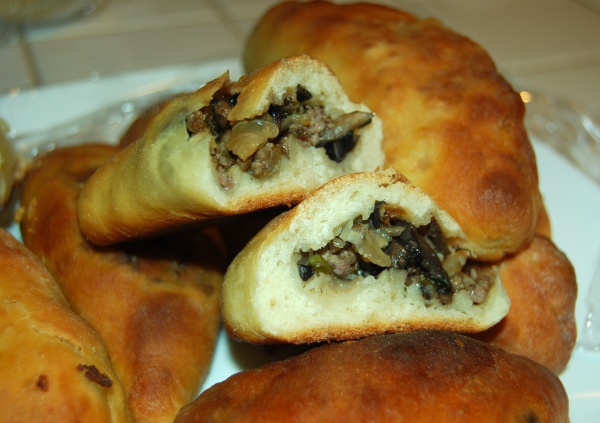Facts About Pirozhki
Pirozhki are delectable, boat-shaped buns with a variety of fillings, originating from Russian and Ukrainian cuisine. They can be either baked or fried and are a popular choice for both street food and comfort food in Russia. Pirozhki come with both sweet and savory fillings, such as ground meat, mashed potatoes, fruit, or jam. These buns are typically hand-sized and often glazed with egg or adorned with dough strips for added appeal.
The name "pirozhki" is pronounced with the emphasis on the last syllable and is the diminutive form of the Russian word "pirog" which means a full-sized pie. It's important not to confuse pirozhki with Polish pierogi or Ukrainian and Russian "varenyky." Pirozhki can be different shapes such as crescent or boat-shaped, and Russian cuisine boasts similar pastries with various names like coulibiac, kalitka, rasstegai, and vatrushka.
Regional varieties of pirozhki can be found worldwide. In the Balkans, there are versions like the Greek "piroski" and Serbian "piroška." In the Baltic region, Latvia has "speķrauši" while Estonia and Finland have their own versions called "pirukad" and "lihapiirakka" respectively. In Iran, there's "pirashki" and in Japan, you will find "piroshiki." Pirozhki made their way to the Americas thanks to Volga Germans, where they're known as bierock, pirok, or runza.

 Estonia
Estonia